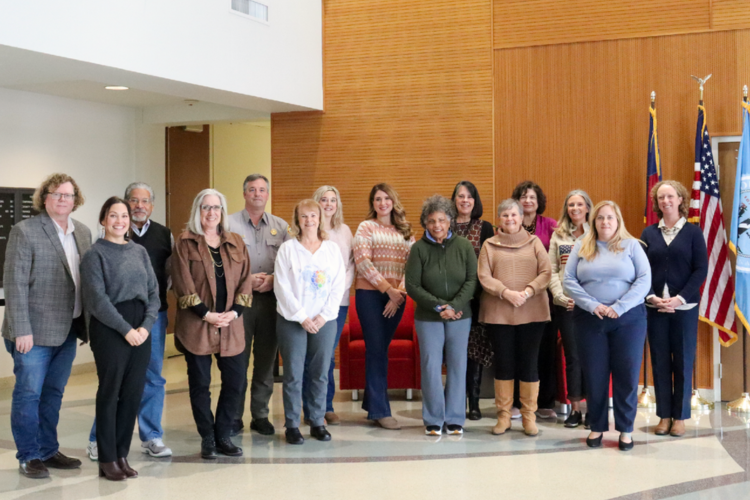Matthew Removed from Atlantic Storm Names List By JOY CRIST
2016 was the last year that we’ll see a Hurricane Matthew.
The name Matthew, along with the name Otto, has been retired by the World Meteorological Organization’s Region IV Hurricane Committee, of which NOAA’s National Hurricane Center is a member.
The two names will be replaced in 2022 by the names Martin and Owen, when the 2016 list will be recycled and used once again.
Matthew and Otto are the 81st and 82nd names to be removed from the Atlantic Storm Name list. Hurricane names are retired if they were so deadly or destructive that the future use of the name would be insensitive.
Matthew is being retired because of its devastation in the Caribbean. After becoming a category 5 storm on the Saffir-Simpson scale on the night of Sept. 30, Matthew made landfall along the coast of southwestern Haiti, extreme eastern Cuba, western Grand Bahama Island, and central South Carolina. Matthew was responsible for 585 direct deaths, with more than 500 deaths occurring in Haiti, making it the deadliest hurricane in the Atlantic since Hurricane Stan in 2005.
The tail end of Matthew also wreaked havoc on Hatteras Island, and specifically Hatteras village where it caused the most extreme and damaging soundside flooding that residents had seen in decades.
While locals are certainly familiar with the name Matthew, and are likely glad that they won’t have to hear it again anytime soon, the name Otto may not immediately ring a bell.
Otto was a late-season tropical cyclone, which cut a swath through the southwestern Caribbean Sea beginning on Nov. 20. It intensified rapidly to a category 3 hurricane before making landfall in southern Nicaragua, and from there, it crossed the Atlantic to the eastern Pacific Ocean, which is extremely rare for a tropical cyclone. Consequently, Otto affected large portions of southern Nicaragua and northern Costa Rica before emerging over the far eastern North Pacific as a tropical storm. Heavy rainfall and flooding from the hurricane caused 18 fatalities in Central America.
This isn’t the first time a hurricane that has affected Hatteras and Ocracoke Islands directly has been retired. 2003’s Isabel and 2011’s Irene were both retired after they swept through the Outer Banks, as was 2012’s Sandy which caused flooding across the islands before inflicting massive damage in the northern region of the Eastern Seaboard.
Since 1953, Atlantic tropical storms have been named from lists originated by the National Hurricane Center. They are now maintained and updated through a strict procedure by an international committee of the World Meteorological Organization. Originally, hurricanes were named solely after women, but this practice ended for the Atlantic and Gulf of Mexico coasts in 1979, when men’s names were alternately added to the mix.
2017’s List of named storms is as follows:
















